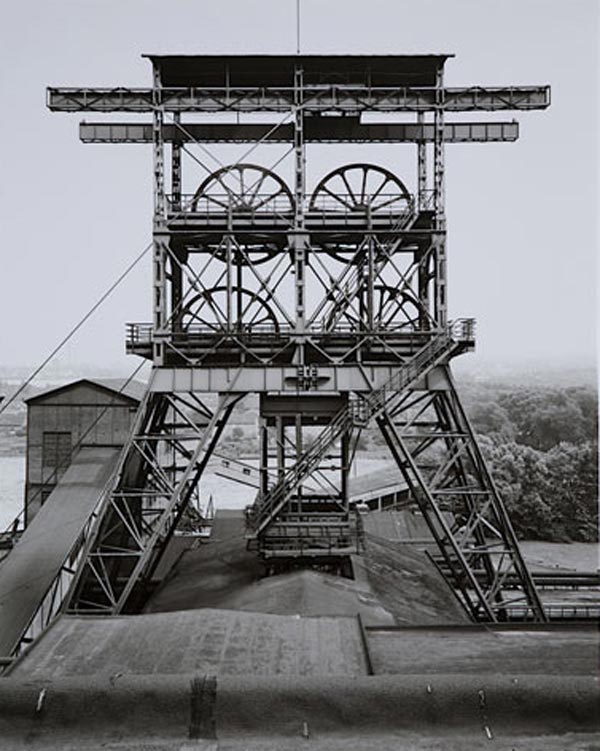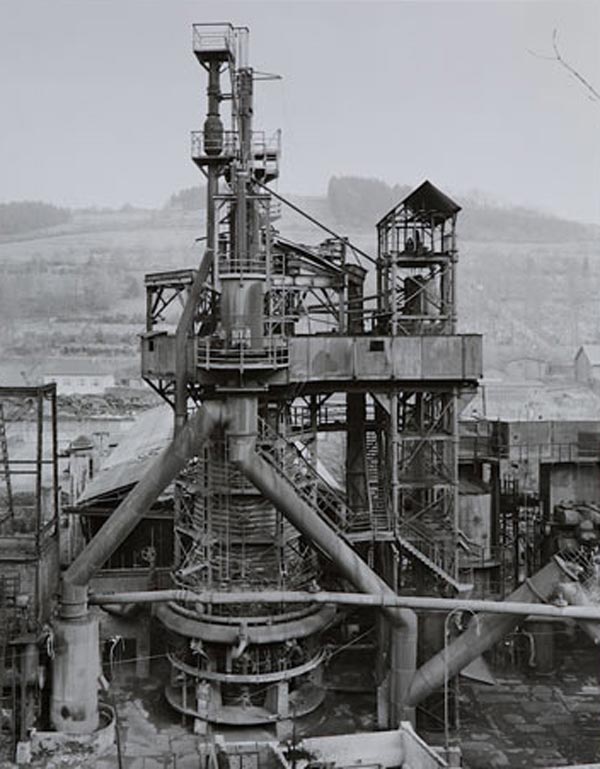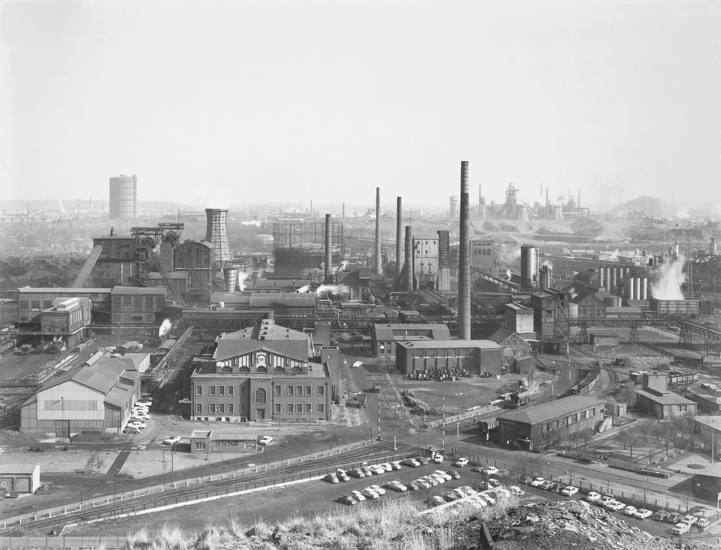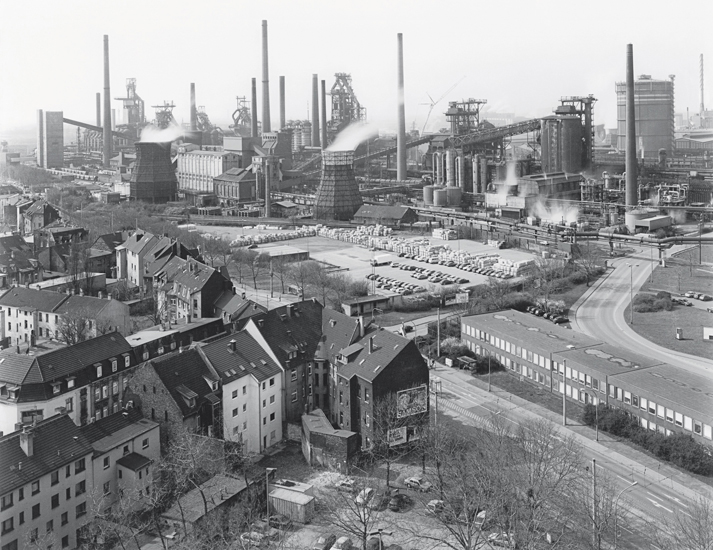|
September 8, 2014
Bernd and Hilla Becher were interested in industrial form and use of industrial plants: refineries, furnaces, water cooling towers, wooden houses of relatives and friends of the area Siegerland. Subsequently, they decided to document these industrial forms , since the industrial enterprises and facilities of heavy industry, which for decades had been an integral part of the German landscape, had came under threat of demolition.
 Bernd + Hilla Becher Koper tower, Mine Hannover, Bochum, Germany, 1973
Bernd + Hilla Becher Koper tower, Mine Hannover, Bochum, Germany, 1973
Bernd + Hilla photographed the architecture of industrial areas of Germany, the Netherlands, Belgium, France, UK and USA. The composition of these works is primarily intended to draw attention to architectural and design features of buildings, placed in the center of the picture. The objects are depicted in a frontal perspective and they are usually made in a neutral daylight. There is no place for people.
 Bernd + Hilla Becher, blast furnace, Siegen, Haynerhyutte, Germany. 1961
Bernd + Hilla Becher, blast furnace, Siegen, Haynerhyutte, Germany. 1961
The Bechers were not attempting to flatter architects or approve of the design and function of the buildings they photographed, as is often the case in the classic understanding of architectural photography. The photographs are in no way a sentimental harking back to the past or a reassurance of German identity.
If there are no people in their photos there is the evidence of the handiwork of men is everywhere visible’ in the engineering forms, and their industrial archaeology can be interpreted as a testimony to the engineering ingenuity and inventiveness of the industrial age's attempt to master nature.
 Bernd and Hilla Becher, Zeche Concordia, Oberhausen (1967), Germany, Gelatin-silver print
Bernd and Hilla Becher, Zeche Concordia, Oberhausen (1967), Germany, Gelatin-silver print
Bernd and Hilla Becher have always held particular interest for the industrial architecture and landscape in the Ruhr region. They stand in a long tradition of proponents of the documentary gaze that includes Eugène Atget, Karl Blossfeldt, Walker Evans, Albert Renger-Patzsch and August Sander.
 Bernd and Hilla Becher, Duisburg-Bruckhausen (1999), Gelatin-silver print
Bernd and Hilla Becher, Duisburg-Bruckhausen (1999), Gelatin-silver print
With an 8x10inch view camera they photographed the buildings from a number of different angles but always with a straightforward objective point of view. They photographed only on overcast days and early in the morning to avoid shadows.
|
